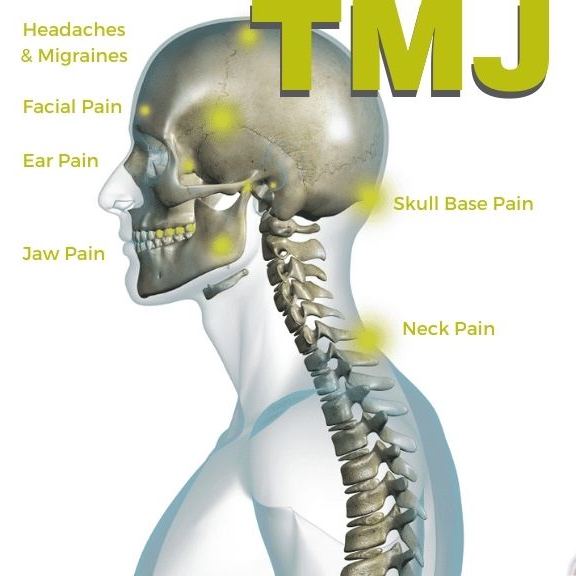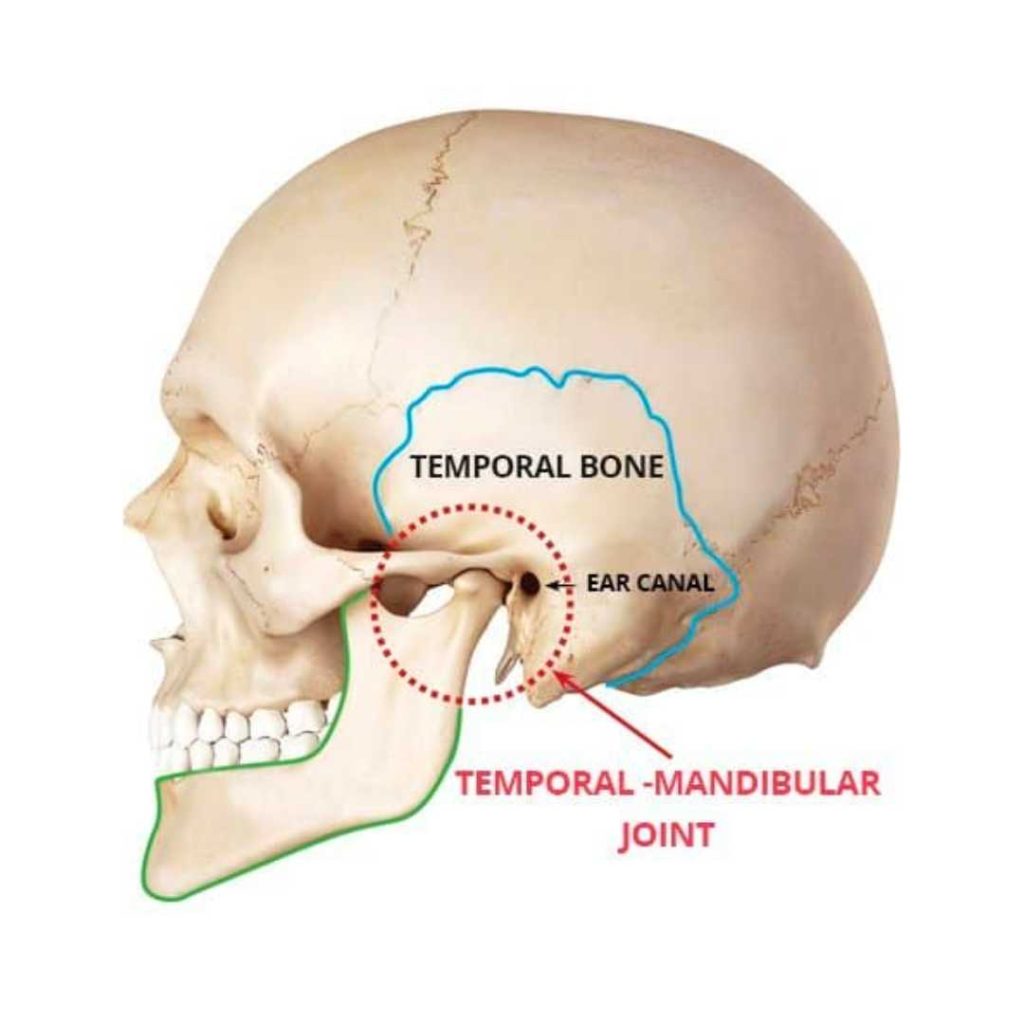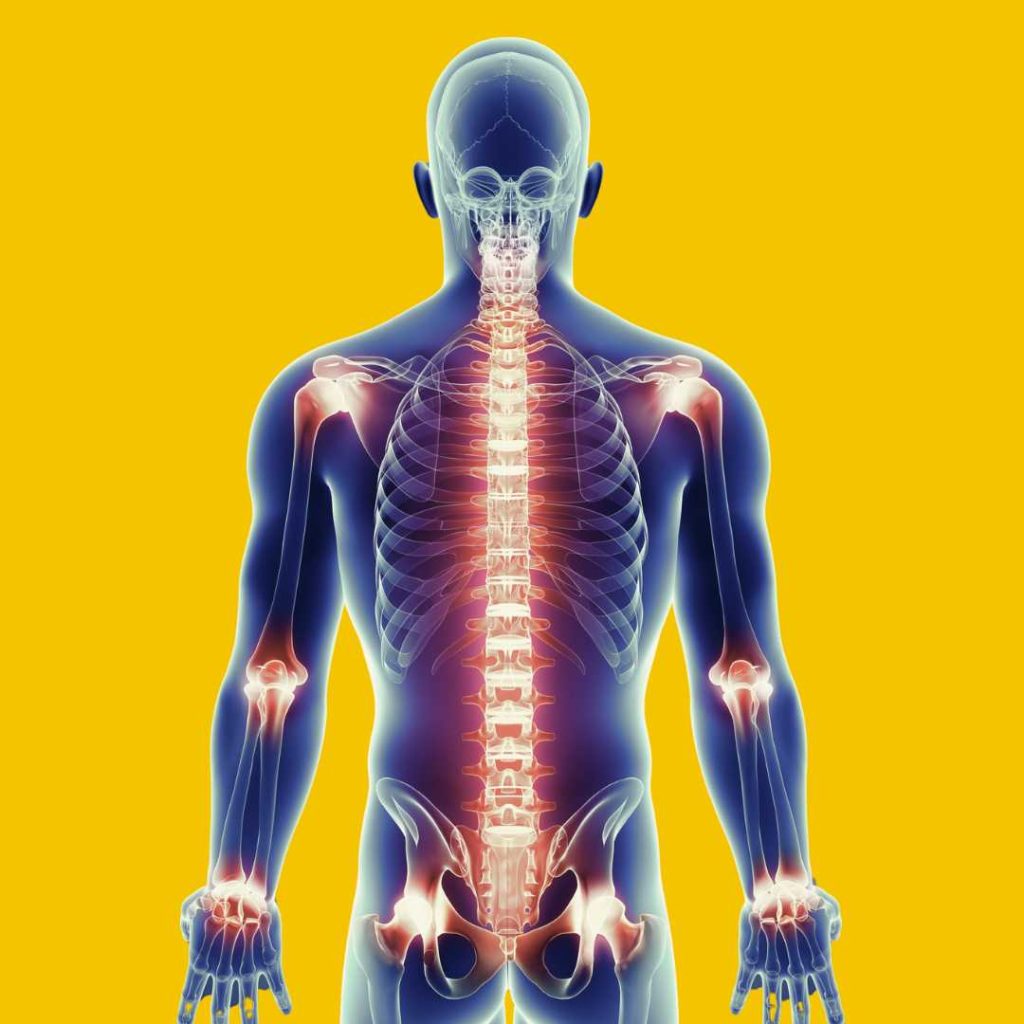TMJ Functional Rebalance Calgary
TMJ Functional Rebalance Calgary
tmj pain help
Functional Rebalance Appointments With T-Scan Biometric Testing

Duration: approximately 60 minutes
Our goal is to have teeth touch with an even force and balanced timing. You will NOT need dental anesthetic to have a Functional Rebalance of your occlusion. It is minor shaping of tooth contacts to provide a more balanced and coordinated bite function.
What’s in T-Scan Biometric Testing?
T-Scan
A pressure sensitive micro sensor that can distinguish tooth contact down to 3 microns. As Humans, we can sense to ~20 microns.
T-Scan Sensor System
The T-Scan examines the timing of tooth contact (which tooth touches first), the force of the tooth contacts (which teeth bear the most force when you bite), and where the contacts are. when you chew.
Dental Marking Paper
For decades, dentists have relied on the use of dental marking paper to determine tooth contact when you bite and chew. Studies have shown that Dental marking paper may not give the dentist the information that is needed to determine where your bite has the most force, the timing of the tooth contact, or even where the contacts are.
*See references below
Some dentists have begun to use digital sensor paper to help determine how upper and lower teeth relate to each other and use this to help guide dental bite adjustments.
tmj pain dentist doctor
Connect with Dentalife
Your rebalance appointment

Dr. Curtis Westersund: “Our goal is to reduce tooth and jaw muscle strain from imbalanced tooth contacts.”
T-scan Movies
As you bite into the T-scan sensor the computer will record your teeth contacts and position data in real time. The T-Scan sensor has been shown to help inform the dentist where a forceful tooth contact may be. This information can be used to help guide dental adjustments.
Inked Paper
Biting and chewing on dental marking paper shows contact position on your teeth for the dentist to compare to the T-scan data.
Often a heavy mark from the paper is not the most forceful tooth contact. Studies show it is not the size of the inked spot on a tooth we may need to worry about.
Micro Adjustments
T-scan data and inked markings show where tooth shaping is required to balance contacts and function.
Reductive or Additive adjustments can be made to teeth to help balance tooth contacts and help improve the way teeth ‘dance’ together as they chew and function.
Shaping Teeth
Often teeth will be shaped in micro amounts, often not visible. The amount of tooth shaping will be discussed as data is gathered and tooth function is balanced. If there is any sensitivity, tooth shaving will not continue and alternate treatments will be suggested.
Follow up appointments
We may have follow up functional rebalance appointments required. Most of the adjusting will be done at the first appointment. But as you relax into the new bite position and function there may be small tweaks required.
This is a process of the healing of jaw muscles, structural strain reduction and your own accommodation to a new balanced bite.
We will call you after your Functional Rebalance but please contact us if you have any problems.
Further TMD Therapy
A Functional Rebalance is often one step in TMD therapy. Your next appointments will be given to you by our Patient Care Coordinator. If you require a Natural Fit Orthotic as a follow up procedure that can be discussed as your new bite settles in.

REVIEWS FOR DENTIST DOWNTOWN CALGARY
The Alberta Dental Association & College does not allow dentists to display any patient-reviews directly on their website.
Please find us by Googling: ‘Dentalife Patient Reviews’
tmj practitioner calgary
Functional Rebalance FAQ's

How sensitive is your bite?
Your bite is very sensitive to change. VERY SENSITIVE. A change in your bite as small as 20 microns (20 one thousands of a millimeter) can be felt by most people. That is smaller than a dust mote in a sunbeam coming through a window.
How does your bite change?
Bite changes happen with wear, breakage of teeth or restorations, dental work, orthodontics, and neck misalignments.
What does a bite change affect?
When your bite is off, certain teeth may become irritated and bruised. The brain will sense this and activate muscles to help either tip or rotate the head, slide the lower jaw away from the bruised tooth or teeth, or even rotate or shift the body, all to lessen the pain from a bad bite.
Should I fix a bad bite?
You may not have to. Everyone has some bite imperfection that they live with. Often your body will shift its posture to avoid the bad bite from causing pain. Often it all comes down to pain or problems that are caused by a bite imbalance.
Sometimes there is no pain though. But the bad bite will lead to teeth cracking or wearing down, gum recession, TMJ strain, and head/neck/shoulder misalignments and other problems.
How should a bad bite be made better?
There are many treatments. What I have found helpful is to use digital sensors that measure bite imbalance and interferences that allow me to shape the bite to a better balance. If the bad bite comes from the overall shape of the jaws, a dental appliance can be created.
Does the bite affect the TMJ?
Most definitely. The TMJ sits in it’s socket under the direction of teeth. If the bite posture of your teeth causes your TMJ to be compressed, the chance of TMJ problem increases. If the bite is imbalanced, the TMJ soft tissue or “Capsule” may become strained and painful.
Is it normal for your bite to change?
A: I would not say it is healthy, but it may be normal. Understand that “normal” is merely what you have become used to happening. “:Normal” may change in a few days or weeks. “Normal” does not mean healthy. An unstable or changing bite may be the sign of problems.
Will my bite change with TMJ treatments?
Usually. Your bite is part of the cause of your TMJ signs and symptoms. Keeping the bite the same will not help those problems. Even regular dental appliance (orthotic) wear may allow healing that will change your bite.
Are bite changes permanent?
Sometimes the teeth are permanently adjusted. This is a precision adjustment to improve jaw function. Sometimes the dental orthotic will give information for future orthodontic therapy. Sometimes a dental orthotic may be the only long term solution that is available.
But my bite feels normal…
Your bite is normal … to you. “Normal” just means you are used to it. Normal bites do not mean healthy balanced bites.5 Our sensory system will accommodate the STRESS of an imbalanced bite but there will be consequences.
Stress is not free. Stress will require a payment of muscle strain, tooth damage, or gum tissue recession. Reducing bite stress will have many benefits to posture, tooth sensitivity, jaw muscle strain, and TMJ dysfunction.
Is the Functional Rebalance process painful?
No. The shaping of the teeth is on the tooth enamel or on existing dental restorations. The shaping is only done if it is comfortable to you and your teeth.
If more extensive shaping is required, this will be discussed at the appointment. Rarely do teeth need to be re-contoured to where restorations require replacement.
Are you shaping my teeth?
Yes. We are reshaping teeth and dental restorations at the level of microns or ‘thousands of a millimetre’. It is all guided by the data from the T-scan sensor and your chewing motions.
The marks on the teeth are ‘dusted’ with a fine diamond to reshape the function of the upper and lower teeth.
References
Afrashtehfar, K. Qadeer, S. 2016. Computerized occlusal analysis as an alternative occlusal indicator. CRANIO. 34(1):52-57.
Gümüş, H. Ö., Kılınç, H. İ., Tuna, S. H., & Özcan, N. (2013). Computerized analysis of occlusal contacts in bruxism patients treated with occlusal splint therapy. The Journal of Advanced Prosthodontics, 5(3), 256–261.
Kerstein RB. 2008. Articulating paper mark misconceptions and computerized occlusal analysis technology. Dent Implantol Update.19:41–46
Koos, B. Godt, A. Schille, C. Göz, G.2010. Precision of an instrumentation-based method of analyzing occlusion and its resulting distribution of forces in the dental arch. J Orofac Orthop.71(6):403-10. doi: 10.1007/s00056-010-1023-7
Von Cramon-Taubadel, N. (2011). Global human mandibular variation reflects differences in agricultural and hunter-gatherer subsistence strategies. Proceedings of the National Academy of Sciences of the United States of America, 108(49), 19546–19551.
